Eurozone Sentix investor confidence dropped notably to 19.6 in April, down from 24.0 and missed expectation of 19.6. Current situation index dropped from 24.0 to 19.6, continuing the decline fro January’s high of 32.9. Expectation index turned negative to -1.5, down from March’s 4.3. That’s also a continuation of the fall from 18.8 back in January.
- All regions of the world are on an economic downturn in April. Despite the still good assessment of the situation, there is no doubt that the global economy is cooling off.
- Expectations for the Euro area are negative again for the first time since July 2016. The downward dynamic for Germany is even more pronounced.
- The euphoria for the US economy is also fading noticeably. Expectations drop to a value of -7 percentage points. Trump’s statements and measures on punitive tariffs raise serious concerns. The component for Expectations of the sentix Global Aggregate falls to its lowest value since February 2016.
Regarding Eurozone, the report noted that clear visible cooling. And, “after the declines in expectations had already indicated a turnaround in the previous months, a significant economic slowdown must now be assumed.” And, “the customs disputes, fueled by US President Donald Trump, are leaving their traces.”
Regarding the US, Sentix noted that “observers rely on the common sense of the US government and assume that the demands are merely negotiation tactics.” But it warned that “Trump is consistently working through its ‘America first’ agenda”. And, The positive effects of the tax reform have quickly evaporated, and expectations for the US economy are plummeting.
Also released in European session, German trade surplus narrowed to EUR 19.2b in February. Swiss unemployment rate was unchanged at 2.9% in March.



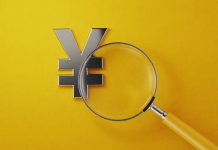
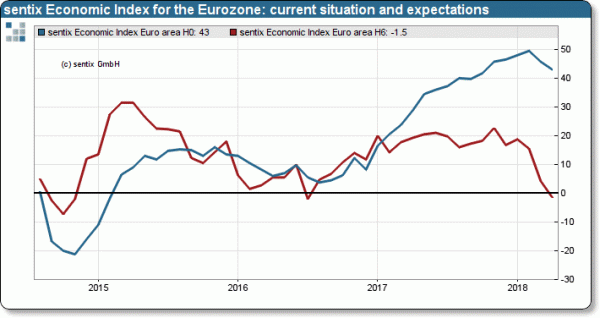
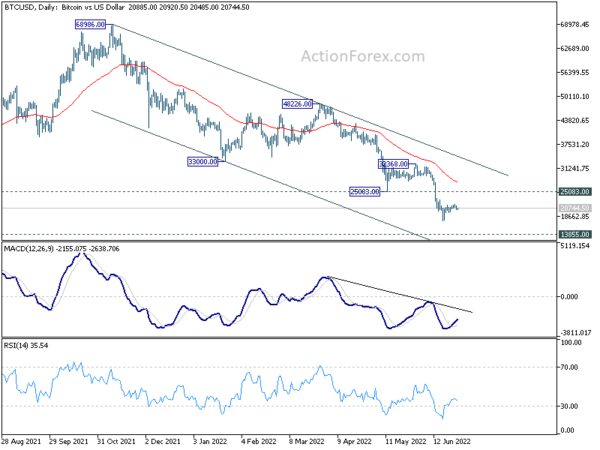


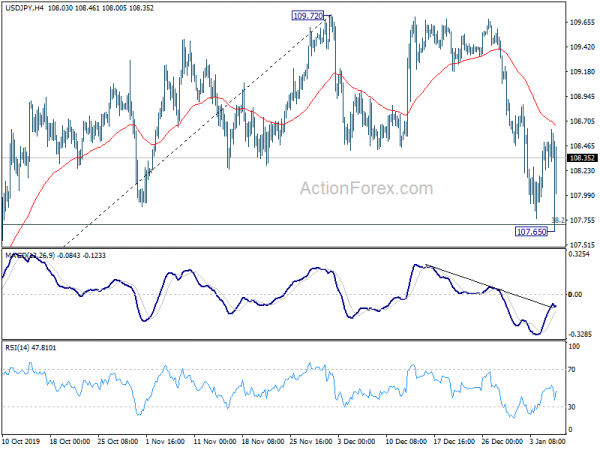
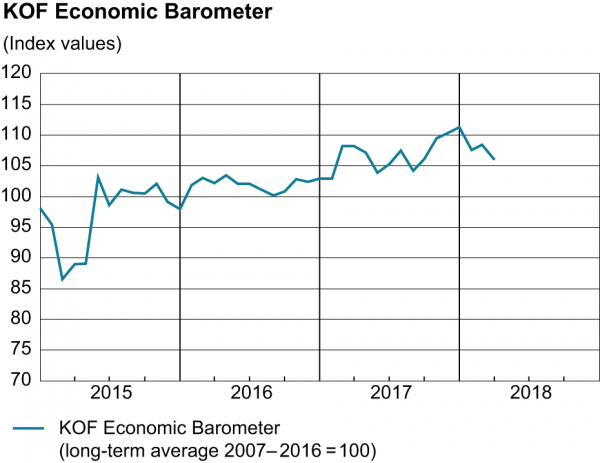
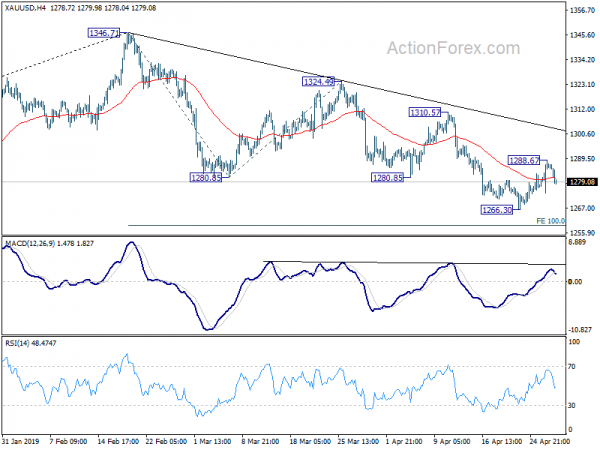
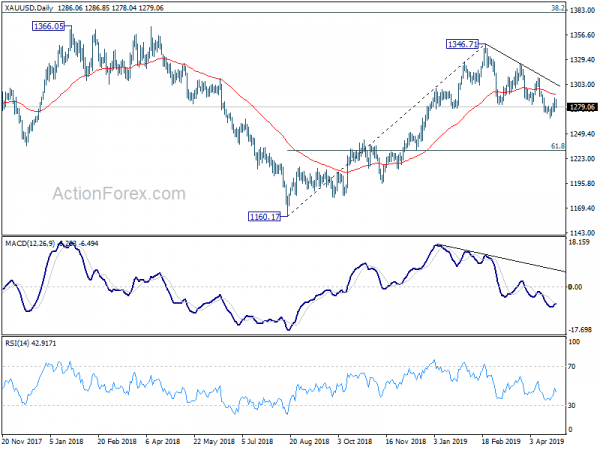
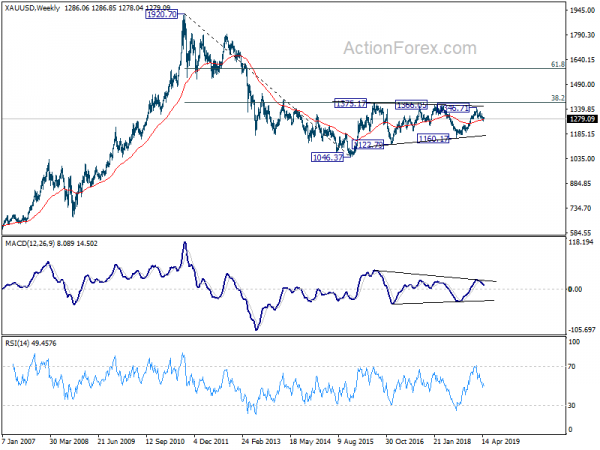
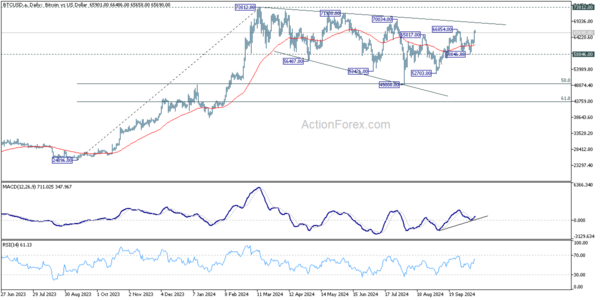
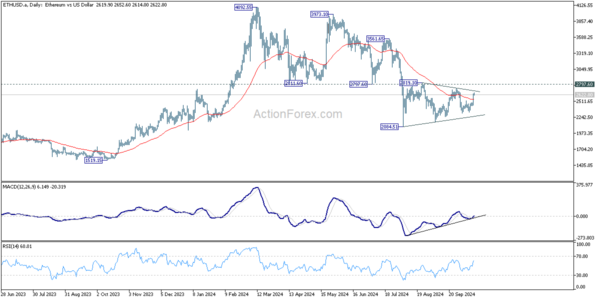
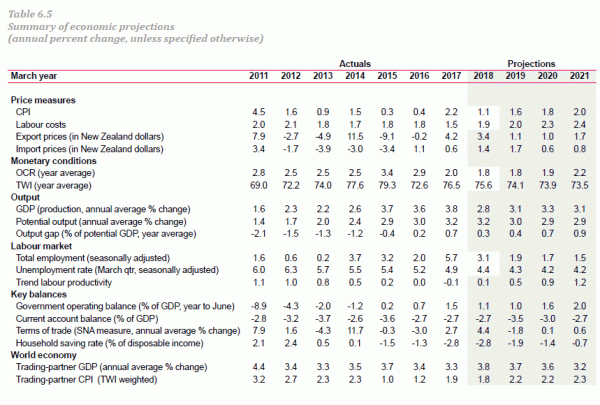
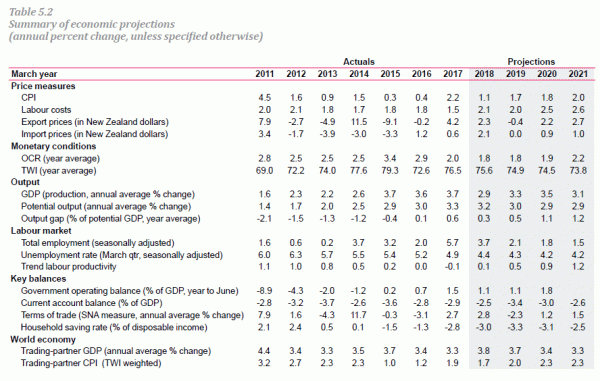

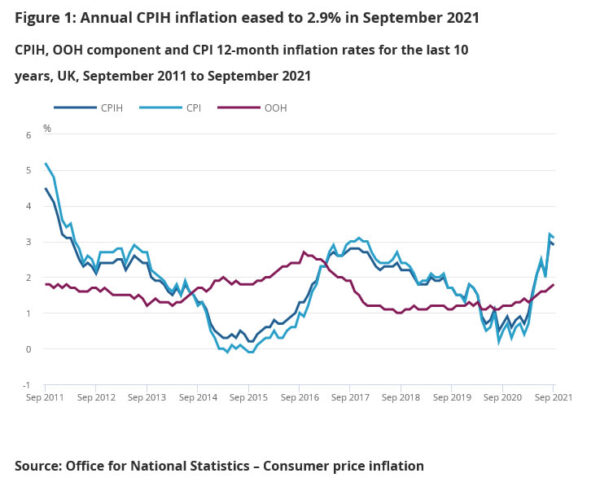
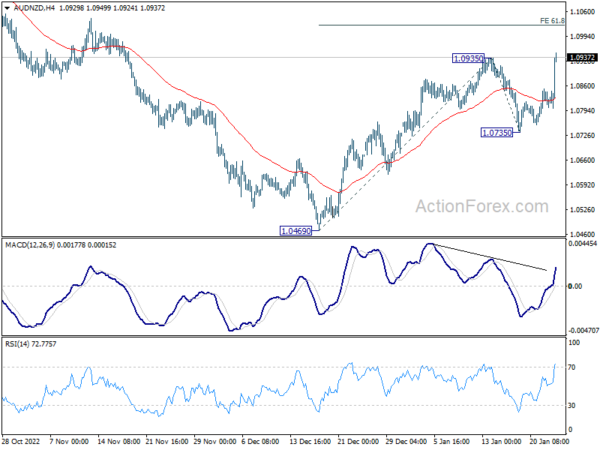
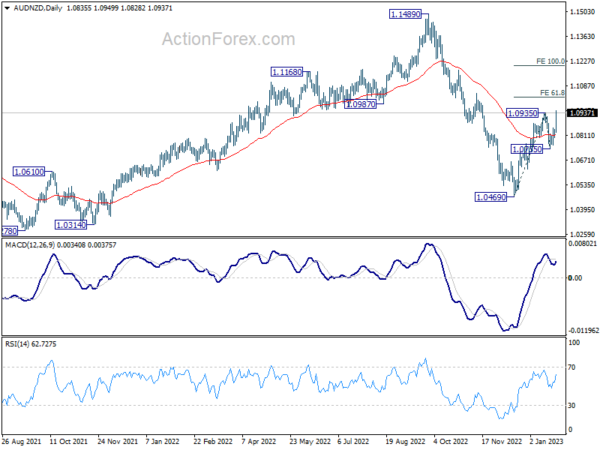
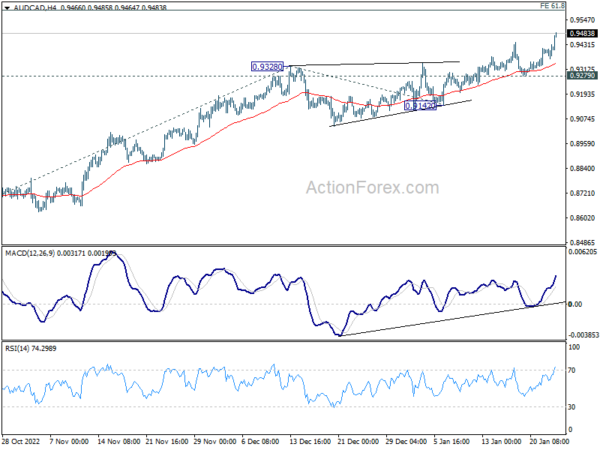


BoE Pill: Current momentum in economic activity may be slightly stronger than anticipated
In a speech, BoE Chief Economist Huw Pill said that “current momentum in economic activity may be slightly stronger than anticipated.”
“CPI inflation is projected to fall to below the 2% target by the end of the forecast horizon”, he said. But “there are considerable uncertainties around this outlook.”
“Upside risks arise in large part from the possibility that domestic inflationary pressures prove more persistent than anticipated, owing to so-called ‘second round effects’ in price, cost and wage setting behaviour,” he explained.
“The latest data for private sector regular pay growth – which was published after the MPC’s forecast was finalised – surprised slightly to the upside.”
Nevertheless, “some high-frequency indicators of wages have fallen quite sharply recently”.
“The MPC will continue to monitor indications of persistence in domestic inflationary pressures closely, with a focus on developments in the labour market, in wage dynamics, in services price inflation and in measures of underlying inflation and inflation expectations.”
Speaking notes and slides